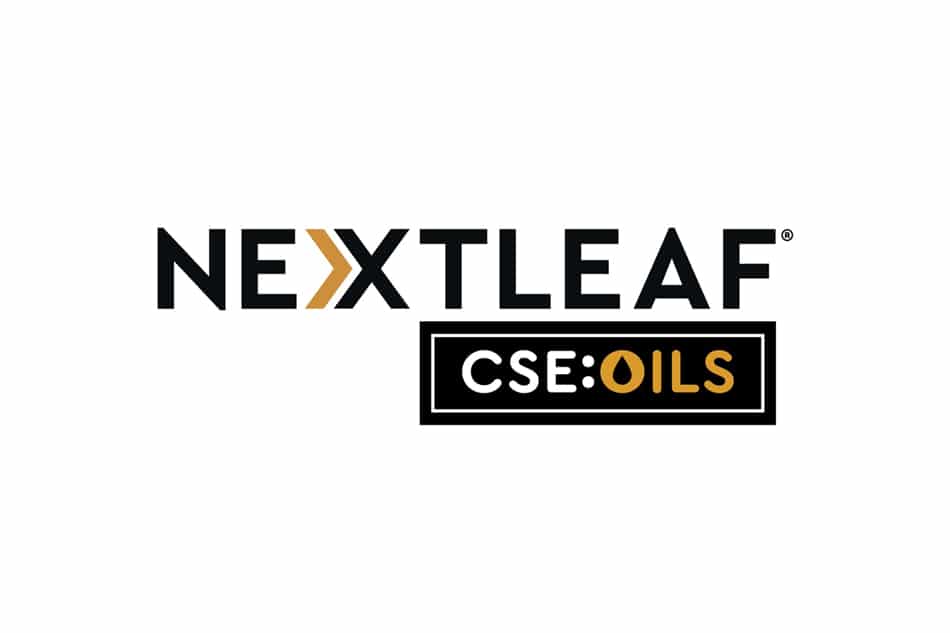The market is in correction. The FANG stocks are misbehaving. Tech stocks not named Facebook, Amazon, Netflix, and Google aren’t sizzling either. Even Jim Cramer has declared we are entering a serious market correction with nowhere to hide.
But maybe there is. Investors are already turning toward dividend-paying stocks, which are mostly in the old industries and businesses. In Vale (NYSE:VALE) they won’t collect a dividend but the outlook is solid. Mining has been a key industry in human progress since the caveman discovered flint. Over the years, the most desirable minerals and their worth changes… and the balance has just changed again in Vale’s favor.
Vale sits at the epicenter of several abrupt world shifts in politics and economics over the last few years. Some of the forces, such as China’s slowdown in steel production now look like positive catalysts.
It’s a good time to have the world’s largest iron mine in your back pocket.
Vale Is Big, Getting Much Bigger
In the state of Para in Brazil, Vale is opening a super mine. It will be one of the largest mines in the world. Called S11D, the mine was born with rich advantages. At capacity, the company expects it to produce 90 million tons per year of very high-grade iron ore a year at a cost of only $30 a ton.
No matter what happens to the price of steel, Vale’s new mine should be extremely profitable.
The world may reduce its craving for iron in the next year. 2018 was extremely strong. But even if it does, high-grade ores like those from S11D have sold for $97 a ton recently, compared to $77 for the benchmark grade. The premium may drop, but it will remain at least 10-15% better than standard grades.
China’s fight against pollution has a lot to do with that.
Last winter, China cut steel production to clear the air. Now steelmakers are restocking. That’s good for Vale in itself. But China’s quest to cut pollution gives Vale a strong advantage over all the other major iron producers.
China’s notorious wintertime haze may have caused as many as a million premature deaths last year. Last year’s shutdowns on coal mining and industrial production led to a noticeable decline in the winter smog. This year, the Ministry of Ecology and Environment is setting lower limits on emissions. They are still stringent. The country remains serious about solving its pollution problem.
Vale is an answer to keeping steel production going and keeping pollution down.
China has plentiful iron mines, but they are almost all low-grade deposits. At S11D, Vale owns one of the world’s largest mines, and it’s high-grade stuff. The iron content in Vale’s ores is 65%. That’s more than double the usual 30% ore produced in China.
Vale’s iron ore won’t make better steel, but it will make bluer skies. During steel production, the sintering process burns tons of coal as the high temperatures meld iron powder into a solid mass. The lower the quality of the ore, the more pollution. It is now worthwhile for China to import and pay a premium for Vale’s Brazilian ore.
China’s Serious Crackdown on Pollution Benefits Vale
In the past four years, China’s program to reduce pollution has been a great success. Fine particulates in the air above its cities are now 32% lower.
Researcher Michael Greenstone of the Energy Policy Institute at the University of Chicago looked at the data on the people in 204 prefectures and pollution monitoring from 250 sites in China. He calculated that the progress the country has already made if sustained would increase lifespans an average of 2.4 years.
Some people would do even better. Residents of Beijing could expect an additional 3.3 years of life and in Baoding, they might enjoy a bonus 5.3 years.
The Rest of the World Beckons Vale, Too
Vale also recently signed a four-year contract to supply iron to Emirates Steel, the United Arab Emirates steel producer. That steel will largely go into producing iron pellets to meet the country’s goal of 3 million tons per annum. The UAE needs outside sources for that, and Vale is one of the few companies in the world that is large enough to supply it steadily.
In 2020, Vale’s S11D mine will stretch 9 km from east to west. Value expects it to produce 90 tonnes of iron ore a year until 2050.
That makes Vale the world’s largest producer of high-grade ore. As a Vale senior exec said, “some producers are born close to the client. Some are born on top of good reserves.”
Vale has the reserves. They sell at premium prices. They are the most in demand in a world trying to cut pollution.
That gives Value a competitive advantage that BHP Billiton, Fortescue, and Rio Tinto’s geography can’t beat.














